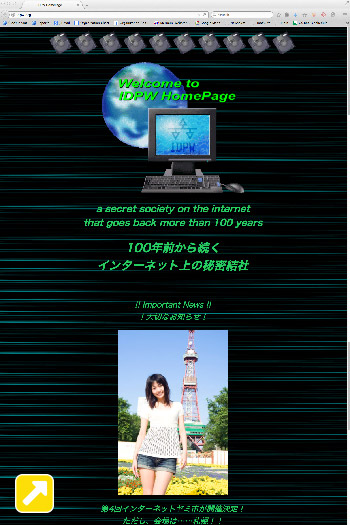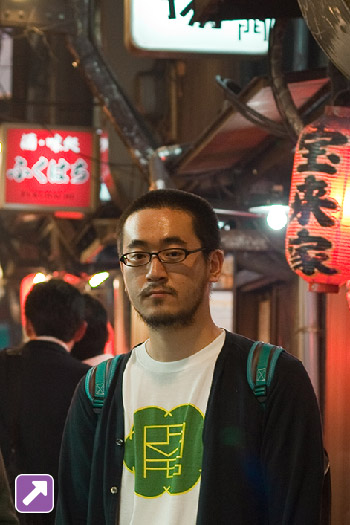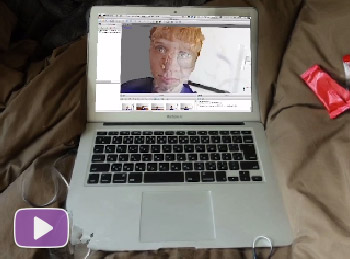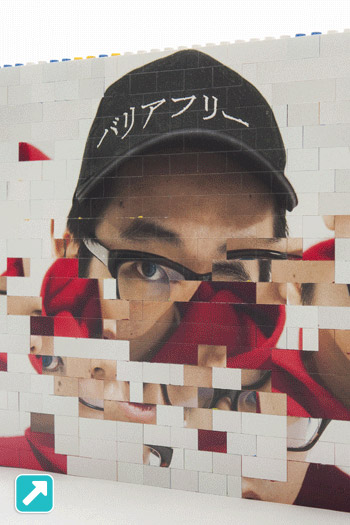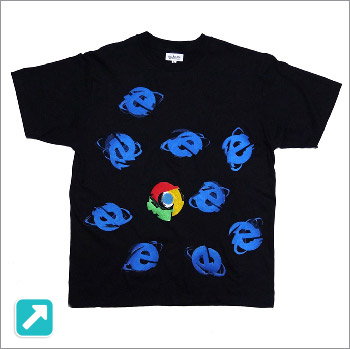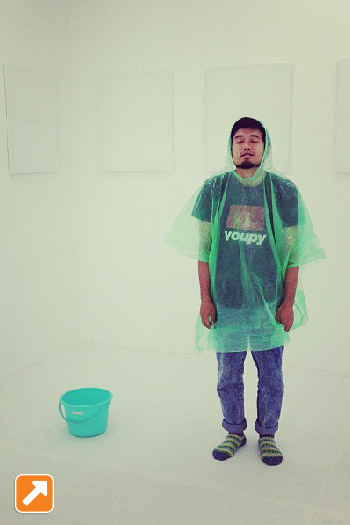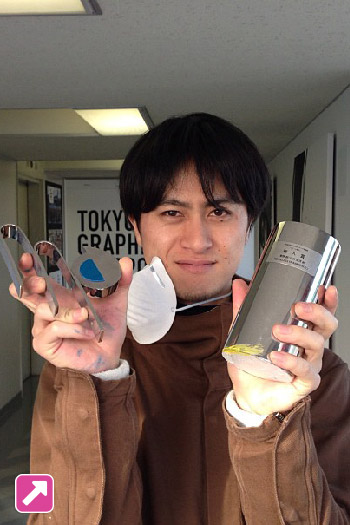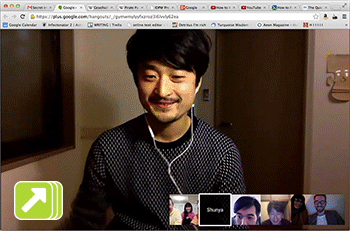If the Internet is an ocean, why do we spend so much time floating on its surface? What’s really going on down there? Not just in the deepest, darkest trenches, but among the forgotten protocols, faulty algorithms and emerging parameters outside the busy shipping lanes and far from the crowded life rafts of Facebook and Twitter.
No, an ocean isn’t an ideal metaphor, but it’s hard to think about abstract interconnected virtual spaces without visualizing them as something tangible — a superhighway, web or cloud.
It’s after midnight on a Thursday night in Tokyo and I’m on my laptop looking for something worth diving down for. It’s not going so well. I’ve been snorkelling over the websites of various media arts festivals, the Tumblr portfolios of “new media artists,” checking YouTube and Vimeo accounts, browsing online exhibitions of Net.art (and “post-Internet art”) and scrolling through discussions on online forums to track down people in Japan who are using the Internet as a medium for art and experimentation.
There’s a lot to look through and potentially hundreds of people to interview but I’m targeting those who are most engaged in a real community, an “Internet scene,” and I want to speak with them face to face (or through video chat) to understand their shared concerns and visions of the future. But, right now, I’m not 100 percent sure such a community even exists, there’s just so much seemingly random stuff floating around out here.
Sliding down one slippery link-tunnel after another, I arrive at the homepage of IDPW. A one-line sentence, “A secret society on the Internet that goes back more than 100 years,” is written in slime-green Helvetica under the suspiciously retro title, “Welcome to IDPW HomePage.” The “About” section isn’t much help, but it does list some of members: “Smile Tuna,” “Tax Gull,” “Tomorrow Shark,” “Last Fish,” “Gray Seastar” and “Sister Abalone.”
IDPW (pronounced “ai-pasu” — a portmanteau of I.D. and password) are infamous for creating the “Internet Yami-Ichi/Internet Black Market,” a real-life flea market in which vendors sell homemade web-related items such as virtual stones, Edward Snowden snowglobes, or binary porn. It was recently held for the fifth time in Brussels.
From afar, IDPW is reminiscent of the country’s avant-garde collectives that were active from the 1950s to the ’70s such as Gutai or the lesser known cooperative The Play. This group of artists wanted to break down the walls built around art. Instead of showing artwork in exhibition halls and institutions, they floated down rivers on giant polystyrene arrows, herded sheep from Kyoto to Osaka and, in 1968, constructed a 3-meter-long egg, which was dropped into a Pacific Ocean current off the coast of Wakayama Prefecture in the hope it would float all the way to the United States. Is IDPW — and whoever else may be part of its community — re-enacting this model of experimentation and activism, albeit using virtual objects made with intangible tools? Art historians Reiko Tomii and Jean Ippolito are among a number of researchers who have published books and academic papers on Japanese digital media artists that draw parallels between the country’s current crop of digital artists and the aforementioned avant-garde artists from the 20th century. However, I can’t help feeling suspicious: surely contemporary digital artists are venturing into new territory?
I send a carefully worded interview request to the email address listed on IDPW’s homepage, and wait.
